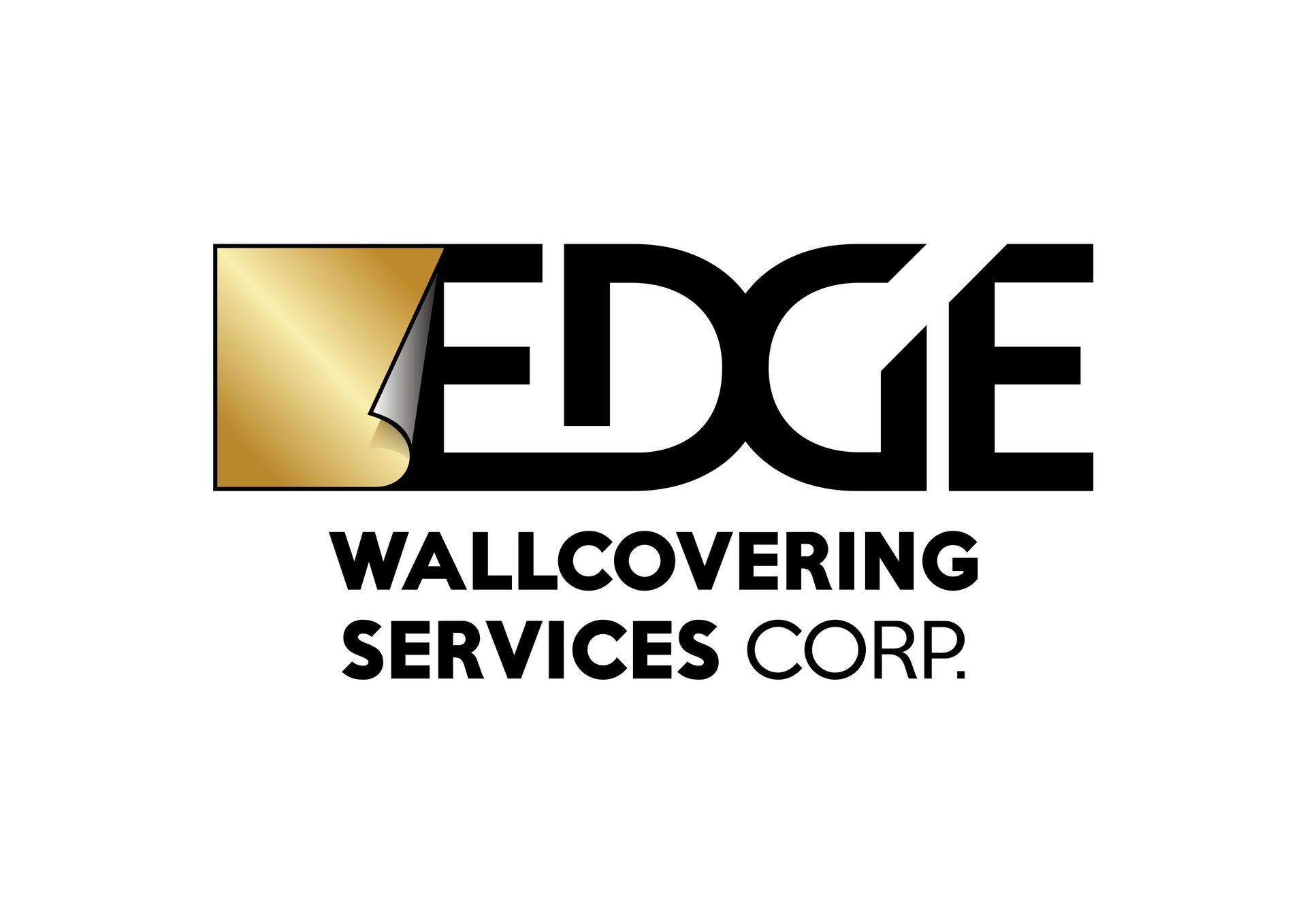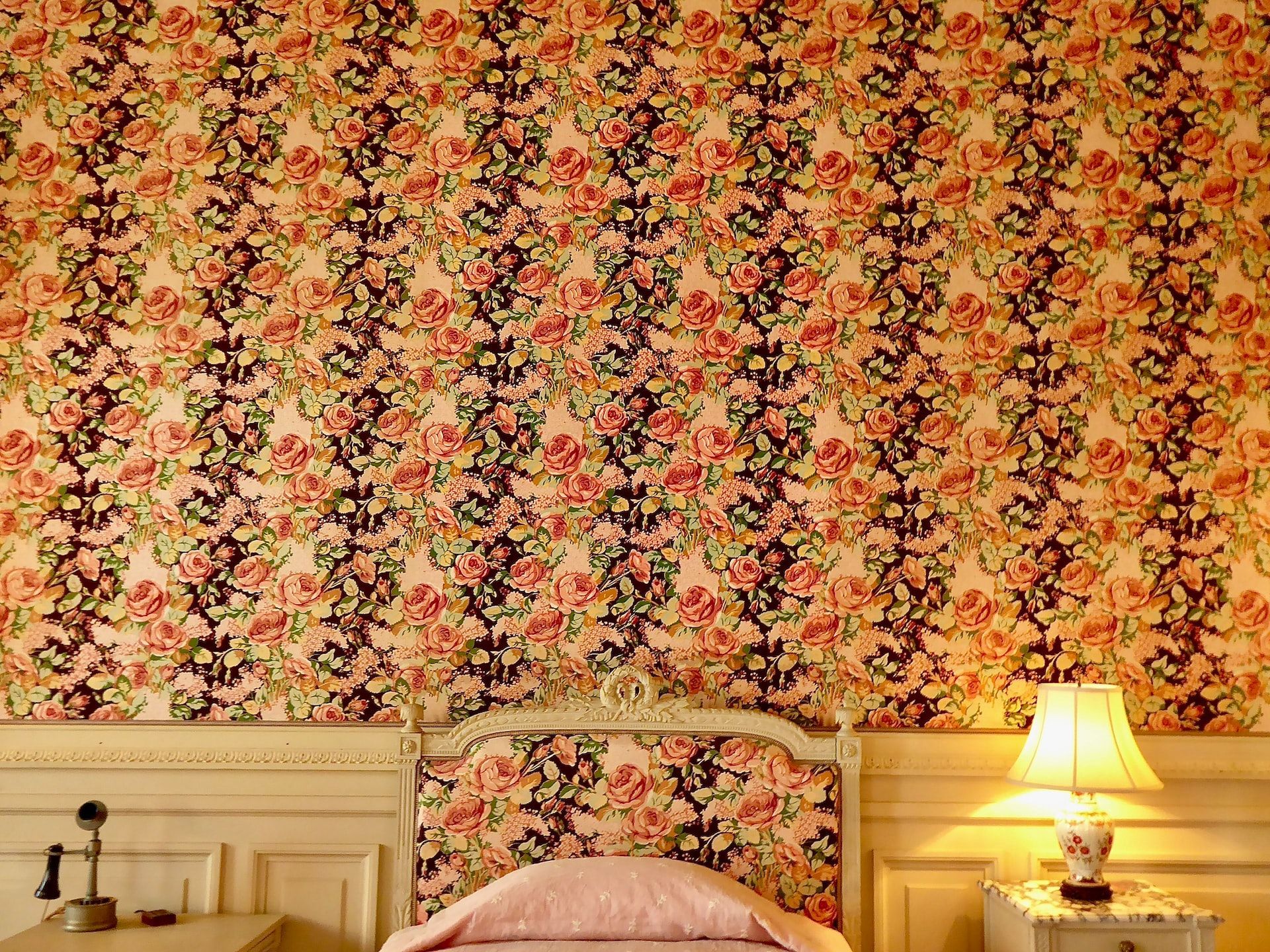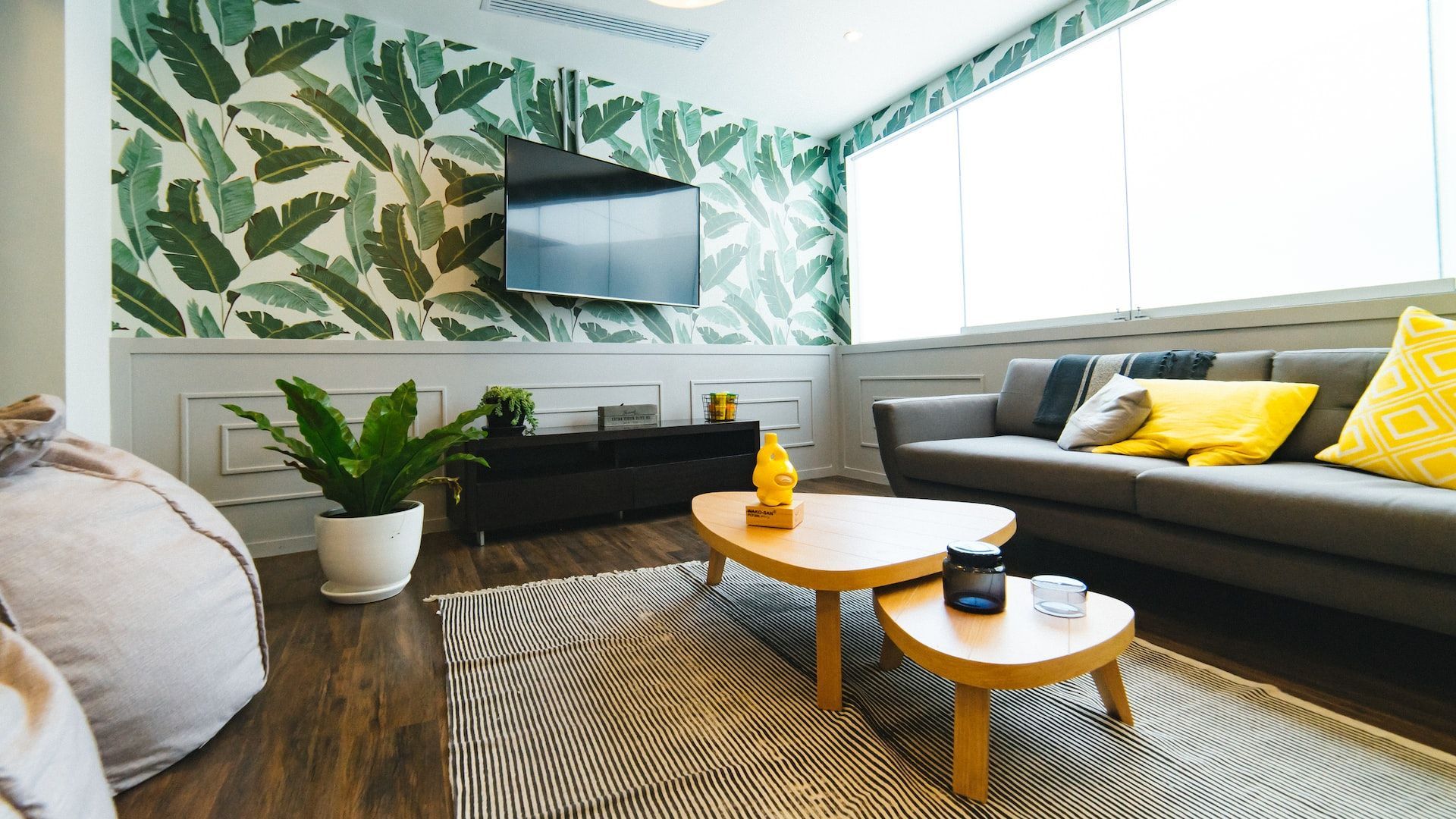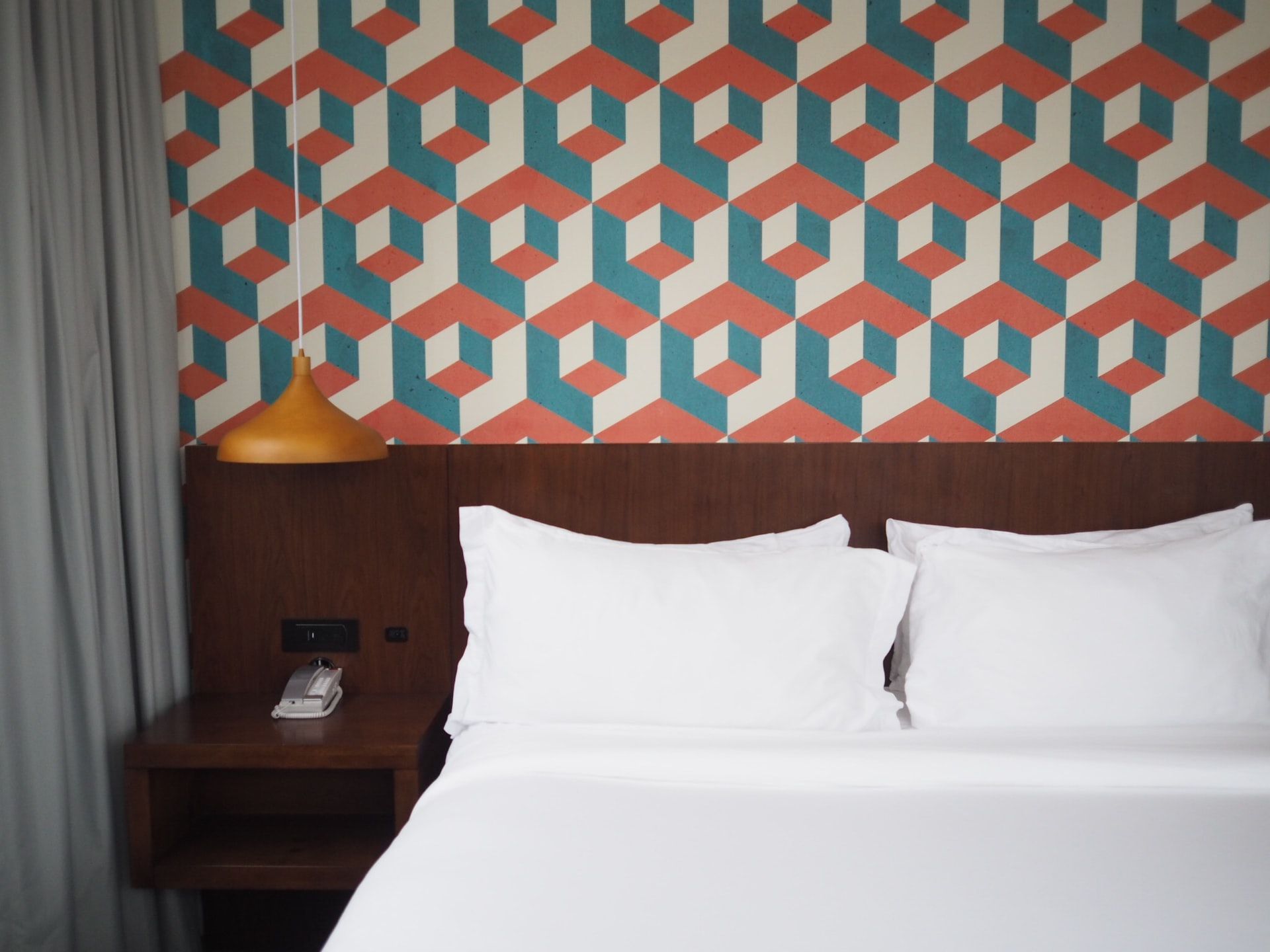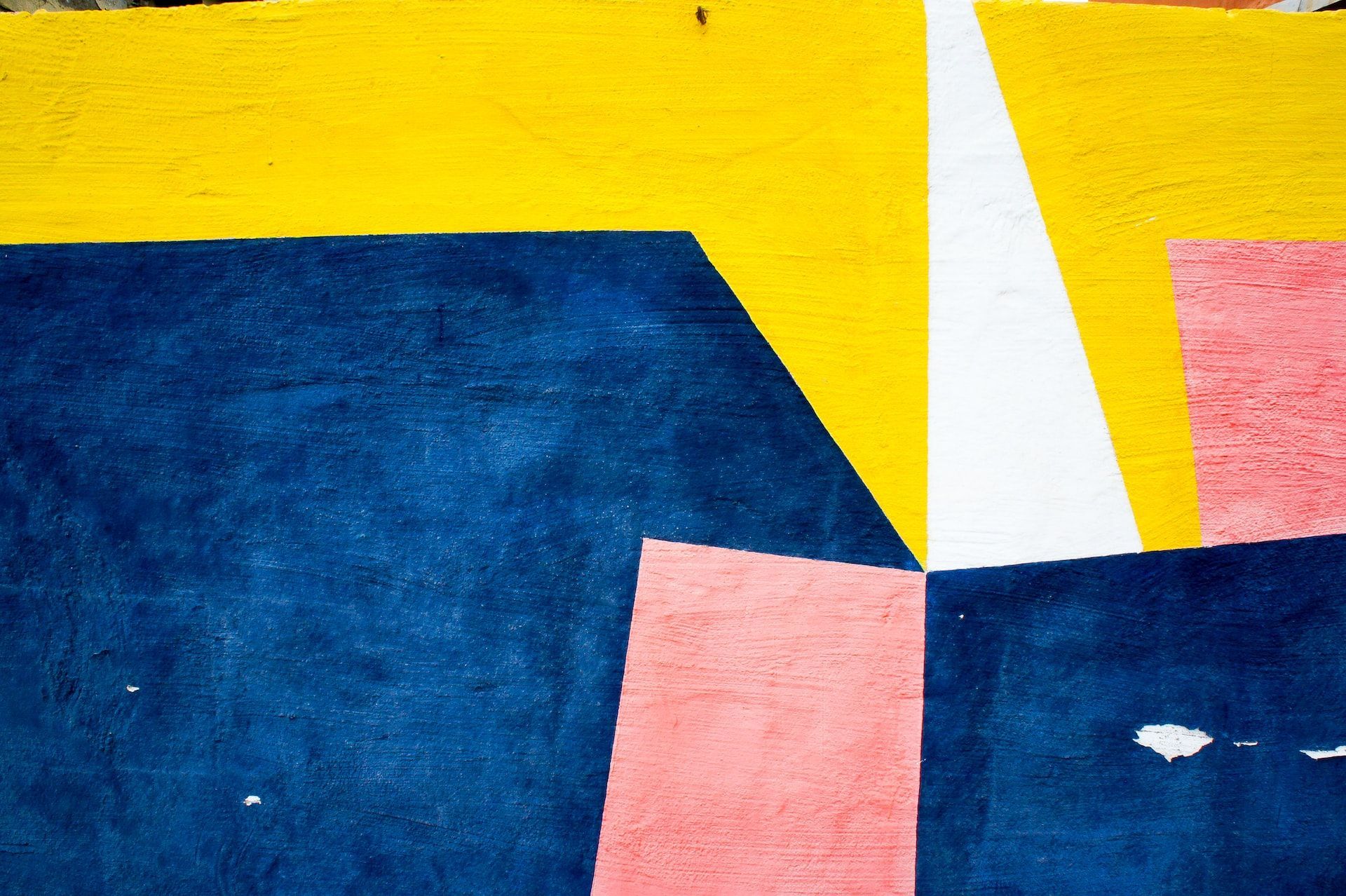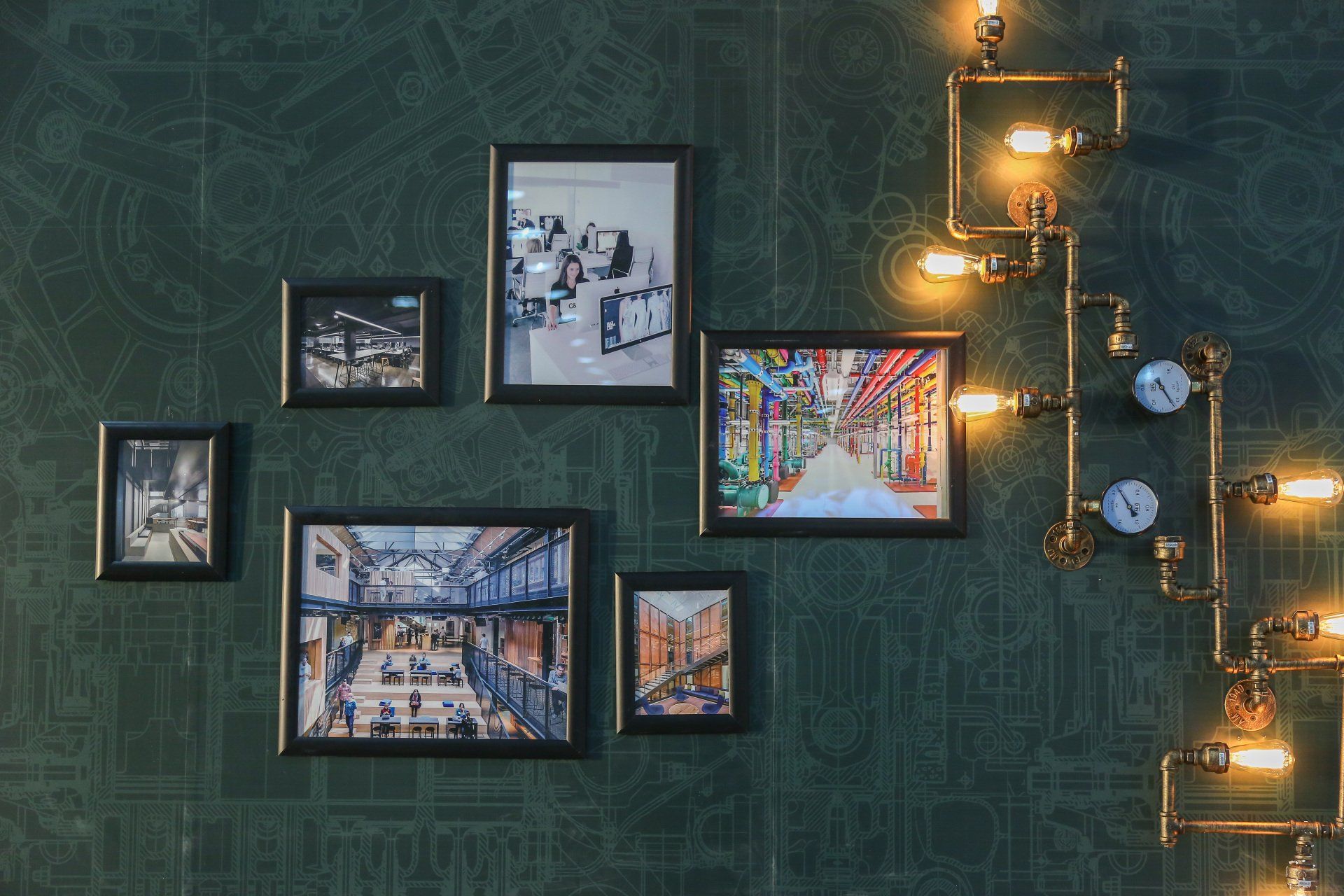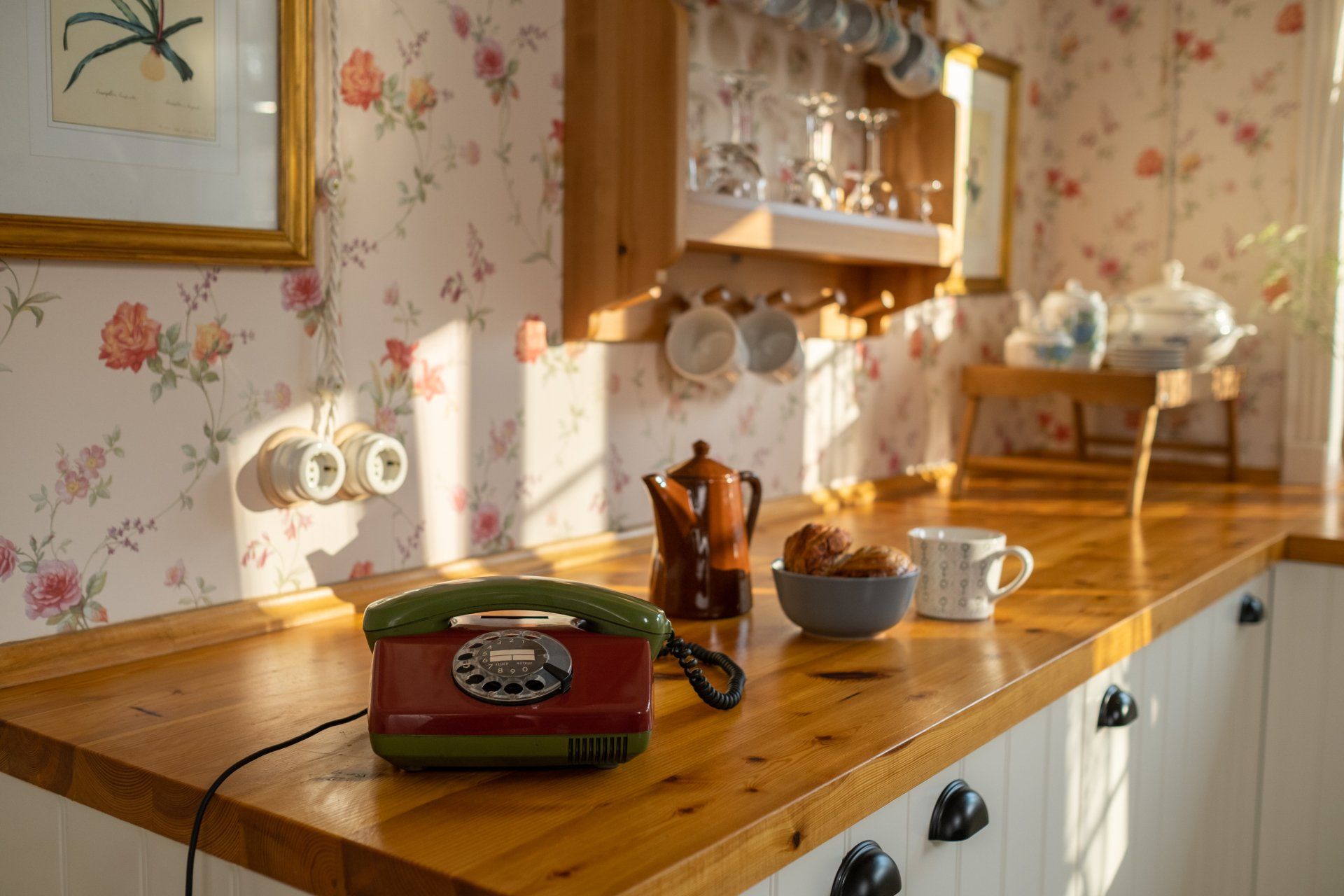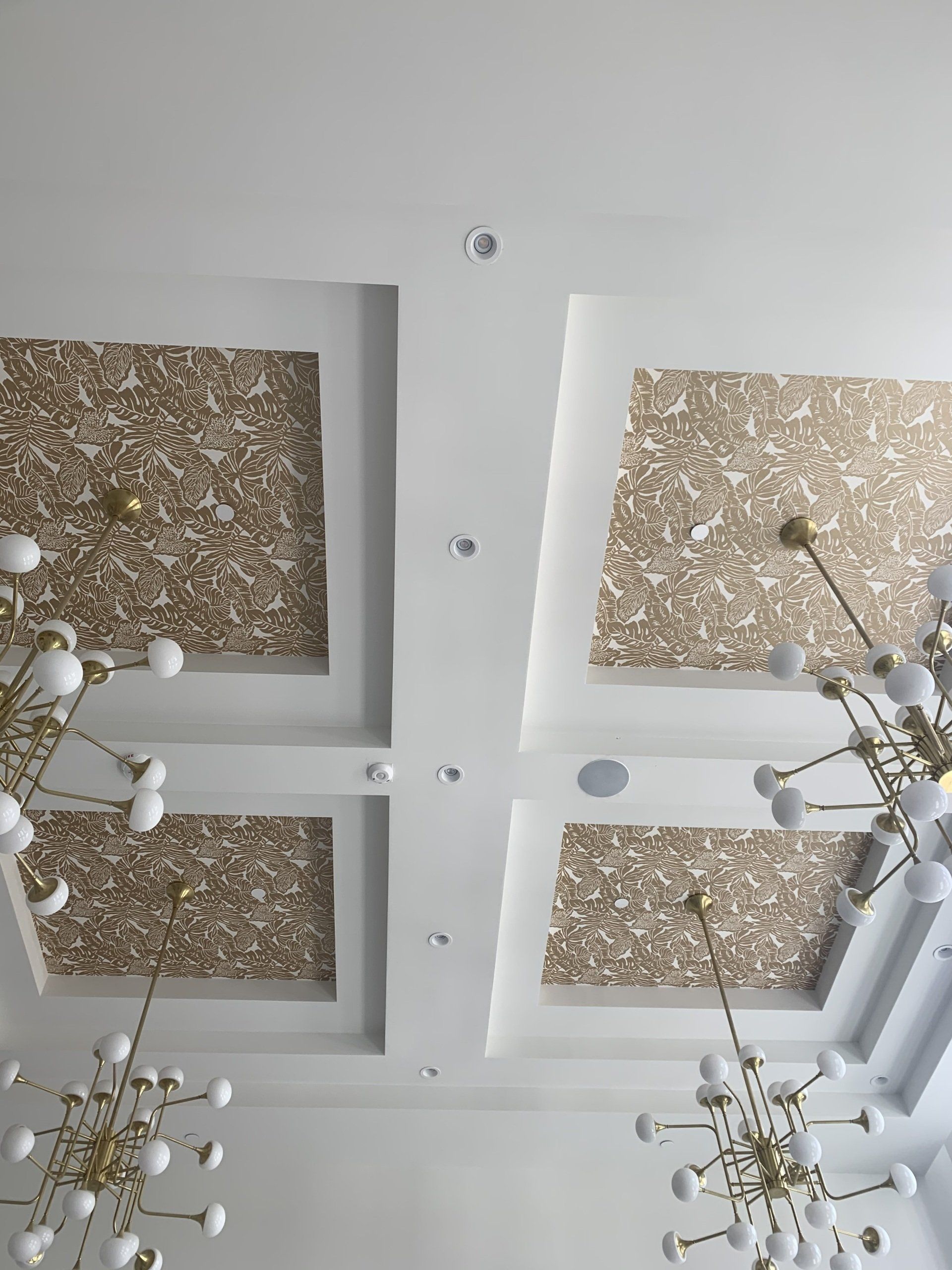5 Best Solutions for the Most Common Wallpaper Defects
- By Yusniel Almanza Armas
- •
- 22 Nov, 2022
- •
5 Best Solutions for the Most Common Wallpaper Defects
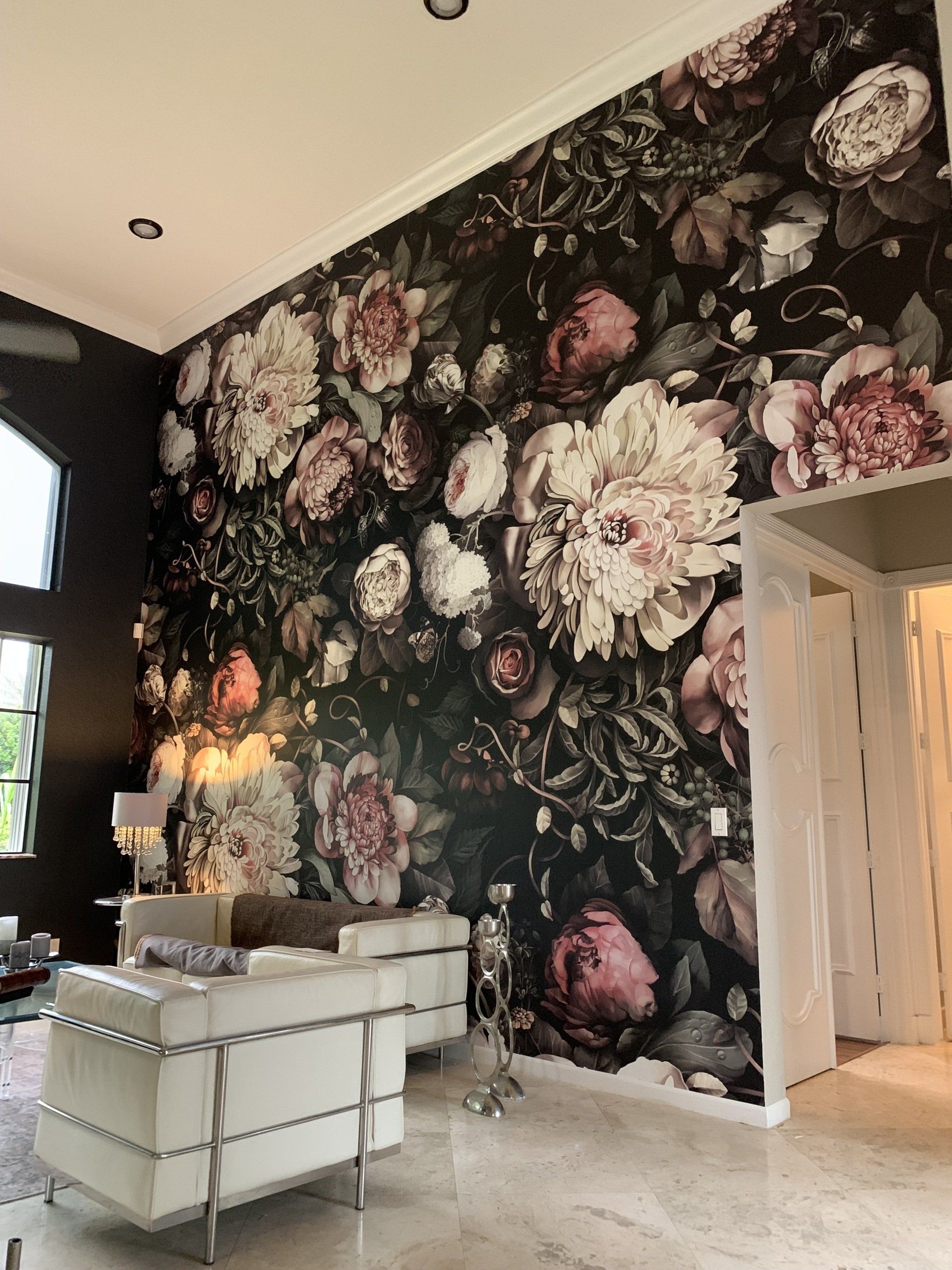
Installing wallpaper in homes is an excellent alternative to using paints. One of the most significant benefits of using wallpaper is that it can last longer than paint, depending on how the homeowners will take care of the surfaces at home.
However, like other materials, wallpaper is not susceptible to damage. Over time, it will also experience wear and tear and may need replacement. But it can also take only a short time to need maintenance jobs. But what are the best solutions for common wallpaper defects?
1. Peeling
One of the most common issues with wallpapers is peeling. The wallpaper may peel from the edges or the middle of the wall. The leading cause of this problem is poor installation. Peeling may occur if the adhesive is not correctly applied to the wall.
Another reason for this problem is the improper prep work done before the installation of the wallpaper. The wall's surface should be dry, clean, and free from dirt, grease, or other materials. If there are other materials on the wall’s surface, it may prevent the adhesive from correctly bonding.
2. Open Seams
Another common problem with wallpaper is open seams. Open seams are gaps between the wallpaper and the wall resulting from applying wallpaper in multiple pieces. These gaps can allow dust and dirt to build up and moisture to get in, which can cause mold or mildew to form.
If your wallpaper has open seams, you'll need to repair them before you can repaint or wallpaper over them. The best solutions for open seams are seam sealers, available in most hardware stores, and they can be applied with a brush or roller.
3. Misaligned Patterns
If you're looking to wallpaper over existing wallpaper, you may be concerned about the pattern of your wallpaper being misaligned. However, this is a common problem and can be easily fixed as there are two ways to improve misaligned patterns on wallpaper.
The first is to use a wallpaper lining to cover the existing wallpaper. Meanwhile, the other way to fix misaligned patterns is by applying a new layer of wallpaper over the current design. When using a new layer of wallpaper, align the patterns to match up.
4. Bubbles
Bubbles are another common problem that manifests on wallpaper. Commonly caused by moisture in the adhesive, they make walls look uneven on the surface. If you have bubbles in your wallpaper, quickly fix them by popping the bubbles and smoothing out the wallpaper.
Next, use your fingers or a putty knife to smooth out the area around the bubble. If the wallpaper is loose, you may need to apply more adhesive. Once the site is smooth, apply pressure to the bubble until it pops and the air escapes.
5. Torn Edges
Torn edges are another problem that can occur while removing wallpaper. Removing wallpaper can be a tedious and time-consuming task. If you're not careful, you can end up with torn edges and damaged walls.
The best solution to avoid torn edges is to use a wet sponge to soak the wallpaper. But if the edges of the wallpaper are still torn or damaged, you can try using a putty knife or another sharp tool to scrape away the damaged portion carefully.
Conclusion
Using wallpaper is still an incredible substitute for using paint to cover walls. However, like other materials, the wallpaper will also experience wear and tear and may even need a maintenance job to fix the issues. However, it is still a viable option for homeowners needing a way to keep their homes looking beautiful from the inside.
EDGE Wall Covering Services Corp is a one-stop shop for all wallpaper needs. But aside from offering wallpaper repair services, we also provide wallpaper installation services in Miami, FL. Check out our gallery, pick the preferred design, and let our wallpaper installers near you do the job.
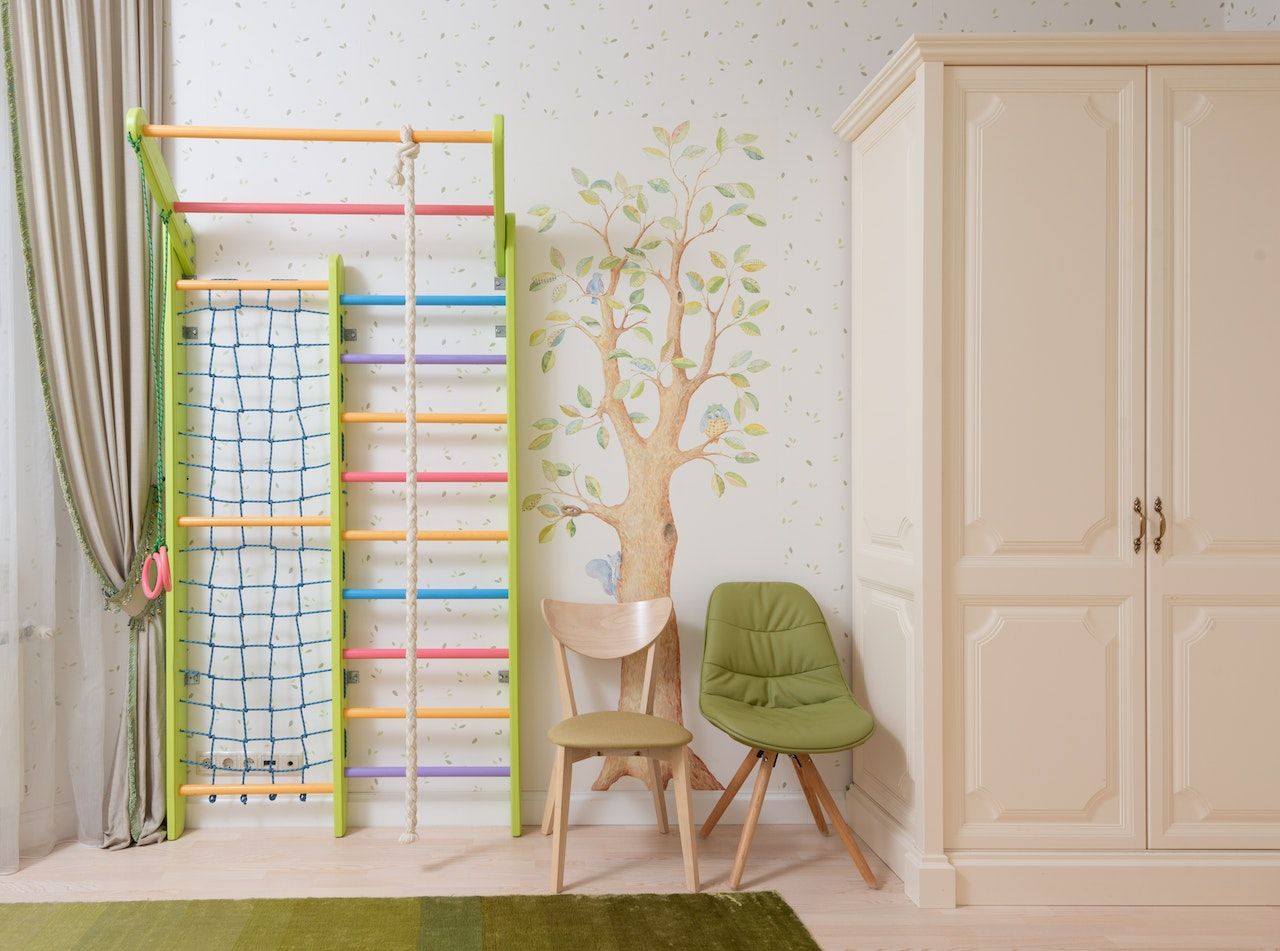
Removing wallpaper can be a difficult and time-consuming task. Many mistakes can be made when removing wallpaper, prolonging the process and making it more difficult. To help you avoid these common mistakes, here are eight tips for avoiding common wallpaper removal mistakes.
1. Strip the Wallpaper
Stay calm when stripping the wallpaper. Stripping the wallpaper too aggressively can cause damage to the wall and can lead to more wallpaper removal mistakes. Take your time and be gentle when stripping the wallpaper.
2. Get the Right Tools
Make sure you have the right tools for the job. Using the wrong tools to remove the wallpaper can damage the wall or wallpaper. Invest in quality tools made specifically for wallpaper removal.
3. Remove Little by Little
Only try to remove some of the wallpaper at a time. Removing too much wallpaper too quickly can cause damage to the wall. Start at the top of the wall and work your way down.
4. Take Your Time
Don't rush the process. Taking your time when removing the wallpaper will help ensure that you don't make mistakes and that the wall is not damaged.
5. Wear the Right Clothes
Make sure you are wearing the right clothing. Wear clothing that you don't mind getting dirty and can easily wash.
6. Cover the Floors
Protect your floors. Cover the floors with a plastic sheet or cloth to protect them from water and wallpaper paste.
7. Prepare the Wall
Prepare the wall for painting or re-papering. After removing the wallpaper, ensure the surface is clean and smooth before painting or re-papering.
8. Have Patience
Removing wallpaper can be a tedious task. Have patience, and keep going if you make a mistake.
Hire a Professional Wallpaper Removal Service
If you're looking to update the look of your home or office, one of the most cost-effective ways to do so is by removing and replacing your old wallpaper. While it may seem like a simple task, wallpaper removal can be a difficult and time-consuming job. Hiring a professional wallpaper removal service can help you save time and money and ensure that your walls are properly prepped for the new wallpaper.
When you hire a professional wallpaper removal service, you can rest assured that all the necessary steps will be taken to ensure that your walls are properly prepared. Professional wallpaper removal services use the latest tools and techniques to safely and efficiently remove the existing wallpaper. They will carefully strip away the old wallpaper layer by layer, taking care not to damage the underlying wall.
Hiring a professional wallpaper removal service can also help you save money in the long run. Repairing or replacing damaged walls can be expensive, so having a professional do the job correctly the first time can help you avoid costly repairs. In addition, a professional wallpaper removal service can recommend the best materials and techniques for your specific wallpaper removal project.
Final Thoughts
Wallpaper removal can be difficult and time-consuming, but following eight tips, such as measuring the wall beforehand, using the correct tools and techniques, and taking safety precautions, can help avoid common mistakes and ensure a successful project.
For those in the Miami, Florida, area looking for wallpaper installation, wallpaper repair, or custom wall coverings, EDGE Wallcovering Services Corp has got you covered. We offer wallpaper services that can meet all your needs.
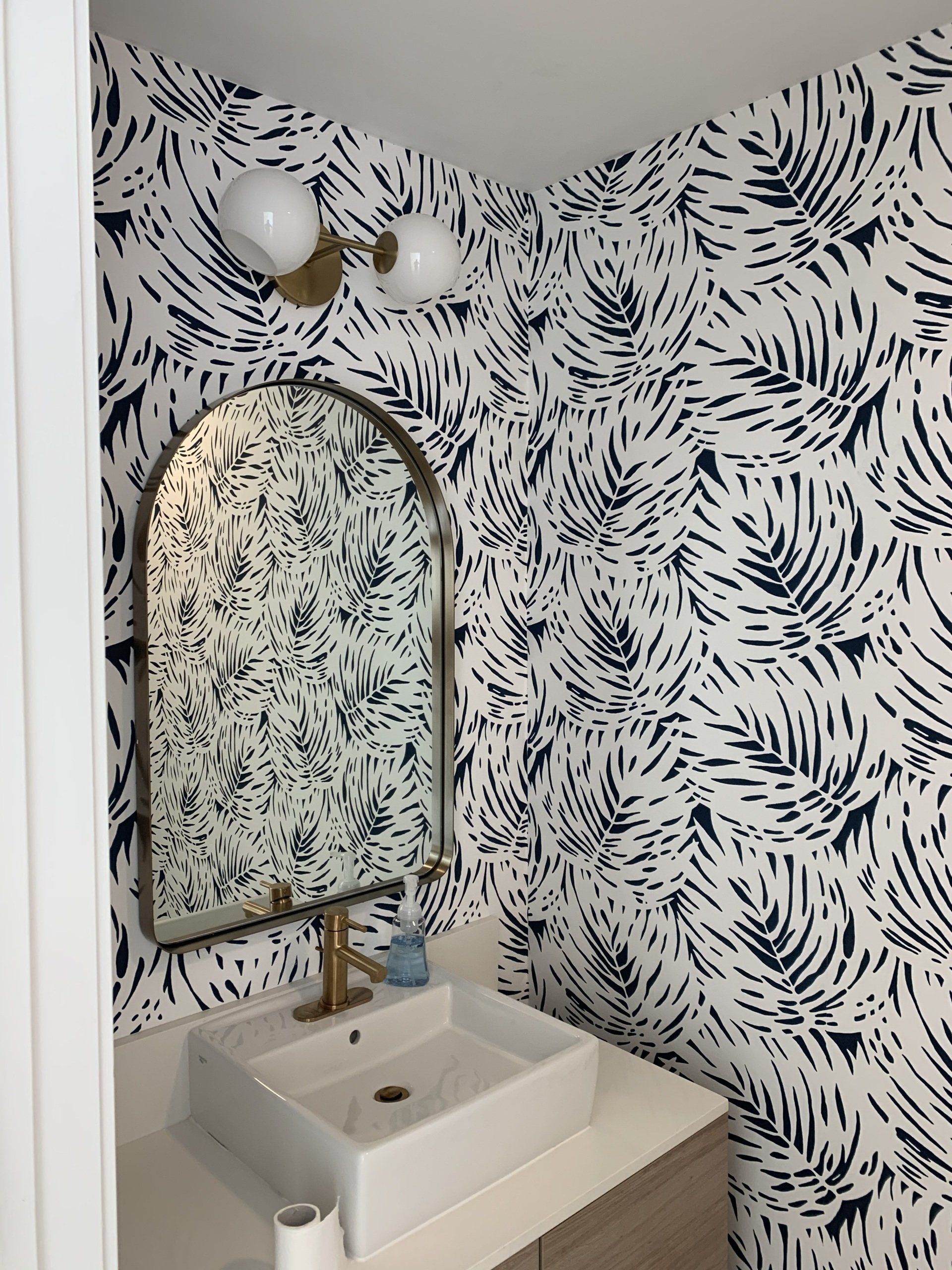
Wallpaper is a great way to add texture and personality to a room. Not only does it look great, but it is relatively easy to install. However, even with the most careful installation, wallpaper is subject to a variety of defects that can detract from its overall look. Some of these problems can spark from mistakes during installation, and others just occur as a normal part of wear and tear.
Are you curious to find out what kind of problems wallpapers commonly face? If so, here's a list of the common problems that can happen to your wallpaper and what you can do to address them:
1. Bubbles
Bubbles are one of the most common wallpaper defects. They are typically caused by either a lack of paste when the paper is applied or a failure to properly smooth the wallpaper during installation. To fix them, take a pin or a razor blade and carefully puncture the bubble to release the air. Then, use a wallpaper brush to smooth out the wallpaper and paste the punctured area with wallpaper paste.
2. Cracks
Cracks can occur when wallpaper is not properly prepared before application or when it is hung over an uneven surface. To fix them, carefully cut away the cracked portion of the wallpaper and replace it with a new piece. Make sure to apply the wallpaper paste to the edges of the new piece and to the wall for a secure bond.
3. Seams
Seams are caused by poor alignment when hanging the wallpaper and can be unsightly. To fix them, gently lift the wallpaper from the wall and reposition it so that the seams are properly aligned. Press down firmly to ensure a secure bond, and use a seam roller to press the edges together.
4. Discoloration
Discoloration can occur due to sunlight, humidity, or age. Unfortunately, there's really no way to restore the affected area but only by replacing it. To fix it, you will need to remove the affected area of the wallpaper and replace it with a new piece. Remember to use wallpaper paste to ensure a secure bond of the new piece.
5. Peeling
Peeling can occur due to a lack of paste when the paper is applied or a failure to properly smooth the wallpaper during installation. To fix it, you can simply add more paste to the peeling area and then carefully smoothen it back down.
6. Stains
Stains, while caused by many things, are commonly caused by water damage or other household water-related accidents. The easiest way to remove stains is to use art gum to gently smudge the area. You can also look for stain-removal chemicals built for wallpapers. If all of that fails, your best bet is to remove the affected piece and replace it.
Conclusion
Peeling, bubbling, and stains are all common issues that can occur with wallpaper. Of course, the fact that they've occurred at all can be incredibly annoying, but it doesn't have to be like this forever. There are many ways you can go about fixing the issues we've shared above, and if all else fails, we always recommend reaching out to professionals to come and tackle the problem for you. They can do the job quickly and effectively, ensuring you have stunning wallpapers for years!
EDGE Wallcovering Services Corp offers wallpaper installation, repair, and custom covering services to help bring out the best in your home. If you are looking for wallpaper repair services in Miami, get in touch with us today!
